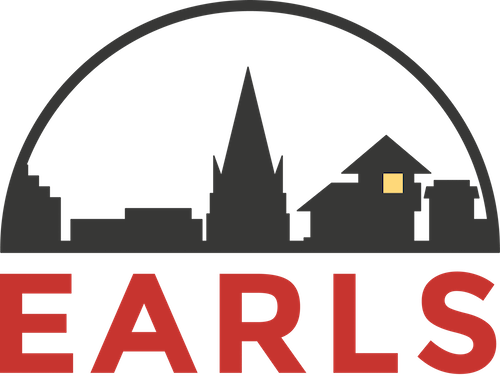Supporting the Intersectoral Global Action Plan on Epilepsy and other Neurological Disorders and calling for its close alignment with the EU NCD Initiative “Healthier Together”
The European Alliance for Restless Legs Syndrome (EARLS), along with other members of the European Federation of Neurological Associations (EFNA), celebrates a major milestone for all those affected by neurological disorders, with the adoption of the Intersectoral Global Action Plan on Epilepsy and Other Neurological Disorders (GAP) at the 75th World Health Assembly.
We fully endorse its aims, will support its implementation in Europe, and celebrate the positive impact it should have for those living with neurological disorders, their carers, the medical professionals who support them, and those researching scientific breakthroughs in prevention, diagnosis and treatment.
We call for a close alignment of the GAP with the EU NCD Initiative ‘Healthier Together’, expected to be adopted in June 2022. A conjunction of the NCD Initiative and the GAP couldn’t be timelier. The European community is now presented with a unique window of opportunity to provide an integrated and cross-sectorial response to neurological health. Investing in this holistic model can bring measurable health and economic gains to European countries. This includes decreasing the incidence of neurological disorders, improving survival rates, reducing complications and disability, lowering treatment costs and – ultimately – ensuring a better quality of life for all those affected.
In view of the above, we strongly believe that the NCD Initiative activities addressing neurological disorders should fully align with the targets of the GAP which provides a comprehensive framework for national action. This synergistic and horizontal approach will be the most efficient use of resources that are limited and need to be spent wisely.
The GAP will address the worldwide and European challenges and gaps in providing care and services for people with neurological disorders and ensure a comprehensive, coordinated response. Together with the umbrella organisation EFNA and its OneNeurology partners EARLS support the targets and strategic aims of the GAP:
• To raise the prioritization of, and strengthen governance;
• To provide effective, timely and responsive diagnosis, treatment, and care for all patients;
• To implement strategies for promotion and prevention;
• To foster research and innovation into, and strengthen information systems;
• To strengthen the public health approach to epilepsy.
The GAP will deal with a wide range of conditions integral to the patient support, advocacy, research and teaching activities. It covers all ages, including children and young adults, and addresses palliative care and neurorehabilitation.
The CAP thus has the potential to directly benefit the more than 400 diseases classified as neurological, including Restless Legs Syndrome: improving the public health outcomes for a vast array of conditions of the central and peripheral nervous system connected to the brain. With 1 in 3 people affected by a neurological disease at some point in their life[1], over the past 30 years the number of deaths due to neurological disorders has increased by almost 40%[2]. In Europe, neurological disorders are the third leading cause of disability adjusted life years (DALYs) and third leading cause of deaths (in 2017 alone, 1.1 million people died due to neurological disorders in the EU, making up for almost 20% of total deaths)[3].
The neurology community now has a unique opportunity to work together on the GAP implementation (something which can only happen if member states are ready to prioritise neurology and provide dedicated resources). Now is the time to act with a coordinated response.
[1] The economic cost of brain disorders in Europe. Eur J Neurol. 2012; 19(1):155-62 (ISSN: 1468-1331). For comparison with other disease areas see: Economic burden of cancer across the EU: a population-based cost analysis (2009)
[2] Global, regional, and national burden of neurological disorders, 1990–2016: a systematic analysis for the Global Burden of Disease Study 2016 Feigin, Valery L et al. The Lancet Neurology, Volume 18, Issue 5, 459 – 480
[3] Deuschl G, et al. Burden of neurological diseases in Europe: an analysis for the Global Burden of Disease Study 2017. Lancet Public Health. 2020 Oct;5(10):e551-e567

